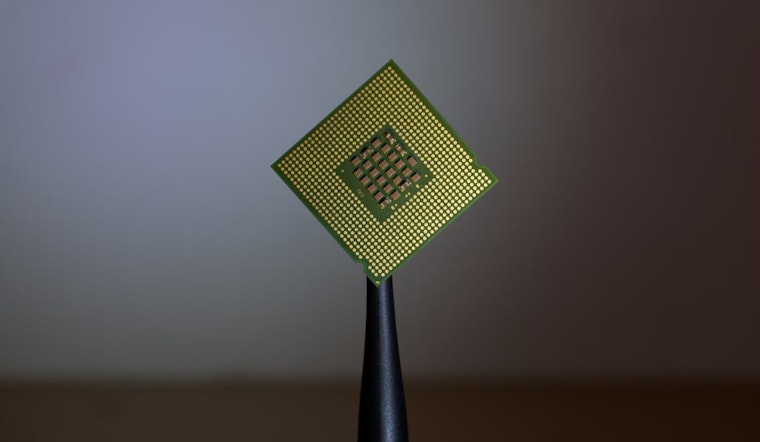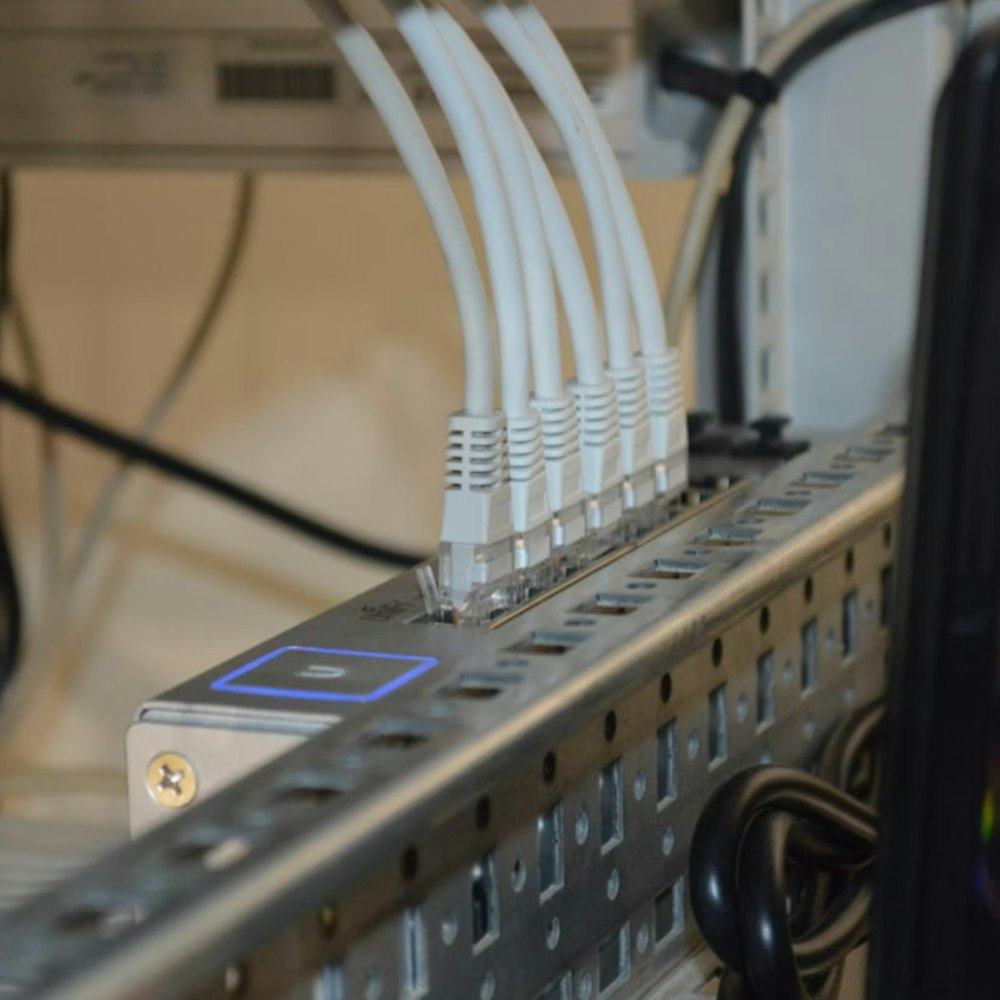
In a significant advancement for smartphone security, MIT engineers, in collaboration with the MIT-IBM Watson AI Lab, have developed a tiny chip designed to protect users' personal data and enhance the computing efficiency required for advanced AI applications. This groundbreaking component addresses the growing demand for private and efficient health-monitoring.
Stringent energy consumption and slow performance have plagued health apps due to the logistical demands of shuttling significant amounts of data between a smartphone and a central server. To combat these issues, the new chip offers potent resistance to two prevalent types of cyberattacks, as reported by MIT News. According to MIT's team, the chip is capable of securely handling sensitive information such as health records and financial data while maintaining AI models' effectiveness on various devices.
Lead author Maitreyi Ashok, an electrical engineering and computer science graduate student at MIT, emphasized the significance of incorporating security considerations into design from the outset. "It is important to design with security in mind from the ground up. If you are trying to add even a minimal amount of security after a system has been designed, it is prohibitively expensive," Ashok underscored in a statement obtained by MIT News. The team's aim was to effectively negotiate a balance among security, efficiency, and operational accuracy.
The accelerators' susceptibility to data theft through side-channel and bus-probing attacks has previously raised concerns. These attacks could decipher the chip's operations by monitoring power consumption or intercepting communication with external memory. To counter these threats, the chip introduced by researchers employs a crafty trifecta of protective measures: random data splitting, a simple yet effective cipher for encryption, and an internally generated cipher key derived from manufacturing variations.
In an attempt to confirm the chip's robustness, the research team assumed the role of hackers themselves, unleashing side-channel and bus-probing attacks against their creation. The results proved the security measures impenetrable, whereas an unprotected accelerator was swiftly compromised. Despite the security benefits, the new design does come with trade-offs, including reduced energy efficiency and higher production costs—factors that could influence its large-scale adoption.
Anantha Chandrakasan, MIT’s chief innovation and strategy officer and the Vannevar Bush Professor of EECS, recognized the implications of integrating secure operation into edge device design. "As security has become a critical issue in the design of edge devices, there is a need to develop a complete system stack focusing on secure operation," Chandrakasan explained, as reported by MIT News. He acknowledged the importance of tailored designs to accommodate mobile devices moving forward.
The research, which is set for presentation at the IEEE Custom Integrated Circuits Conference, has received part of its funding from the MIT-IBM Watson AI Lab, the National Science Foundation, and a Mathworks Engineering Fellowship. Future objectives of the project involve optimizing the chip to further enhance energy efficiency and manage costs without significantly sacrificing security standards.









